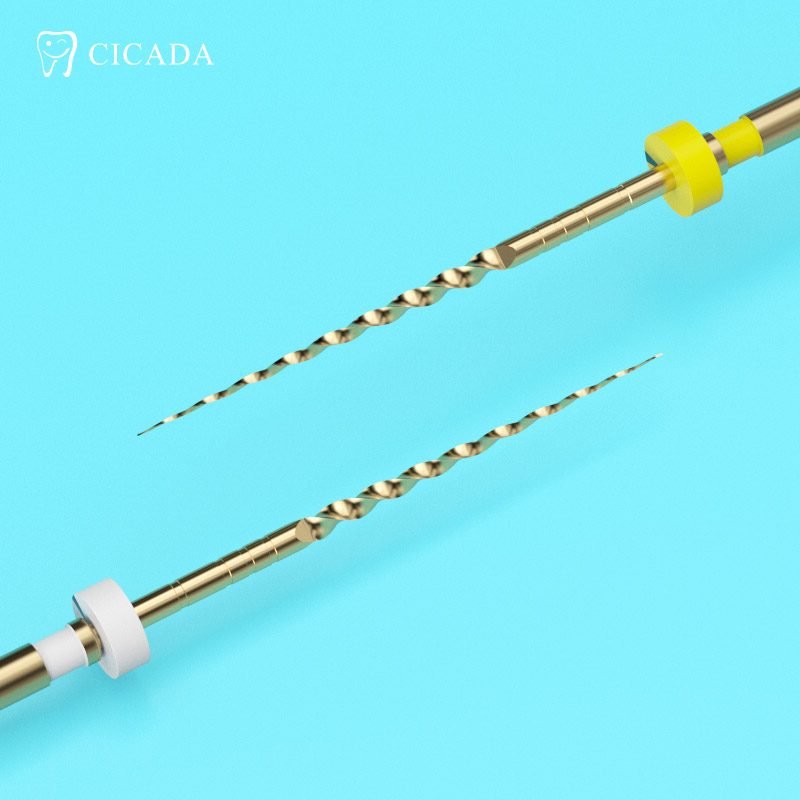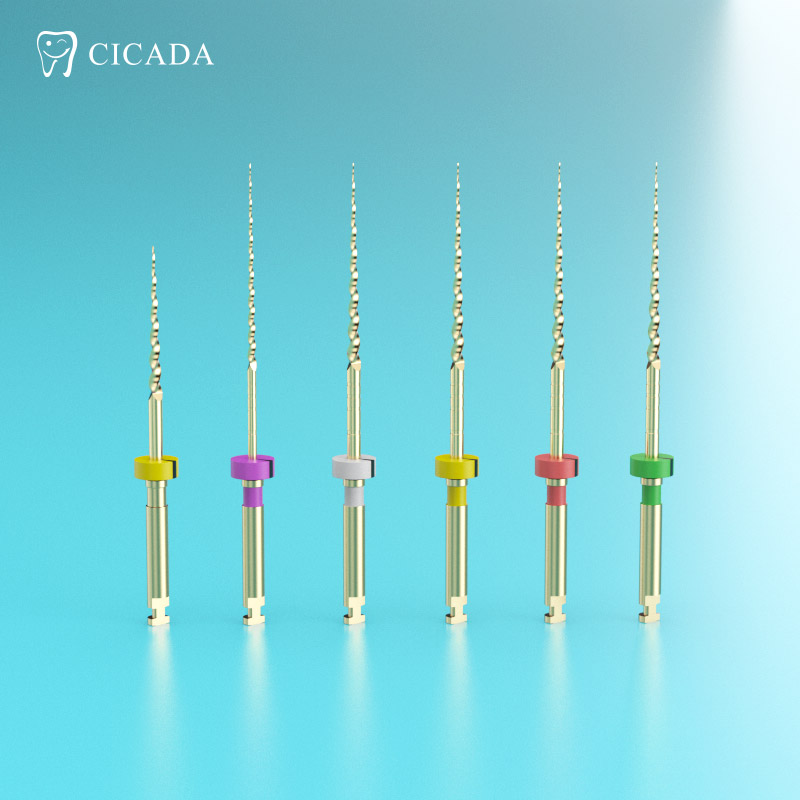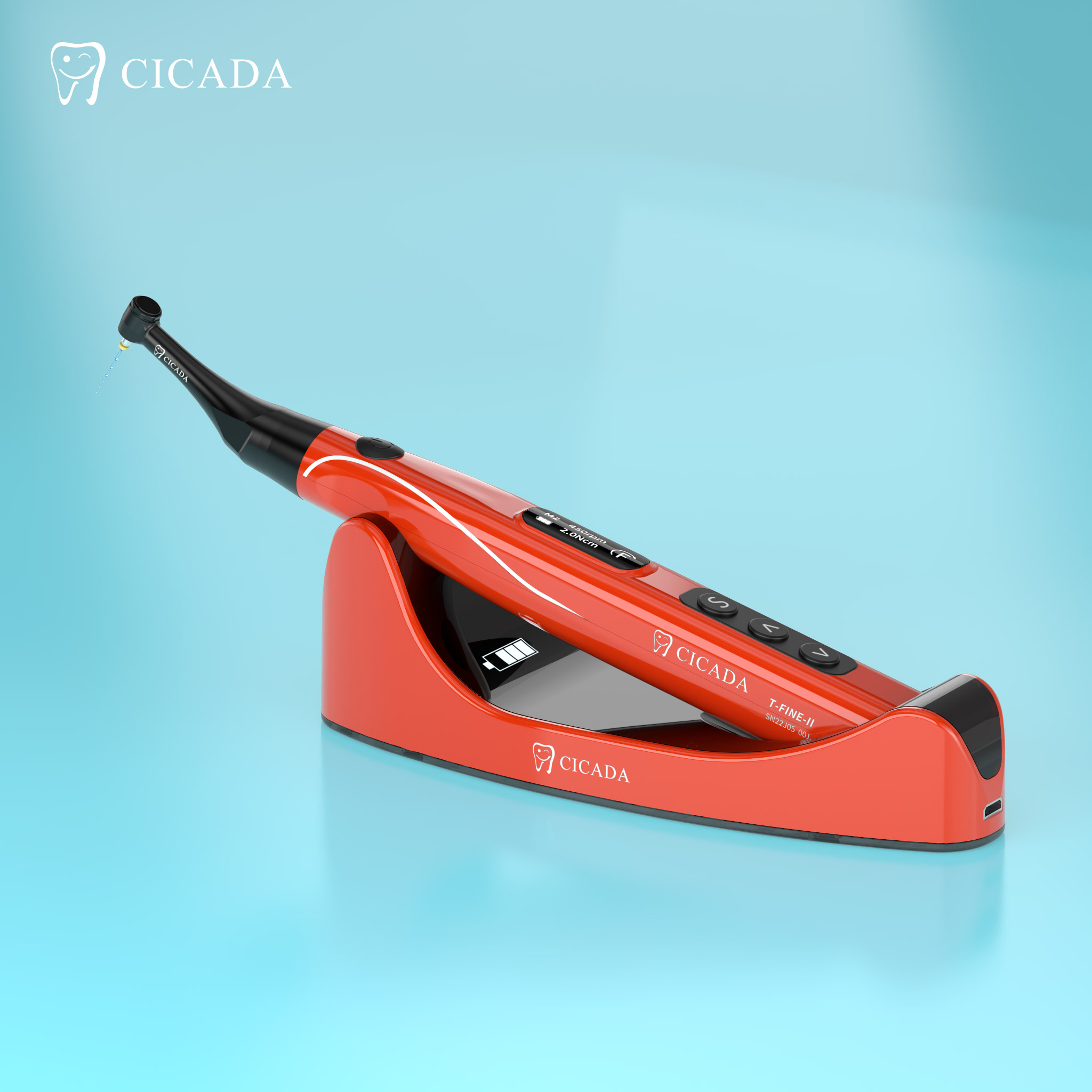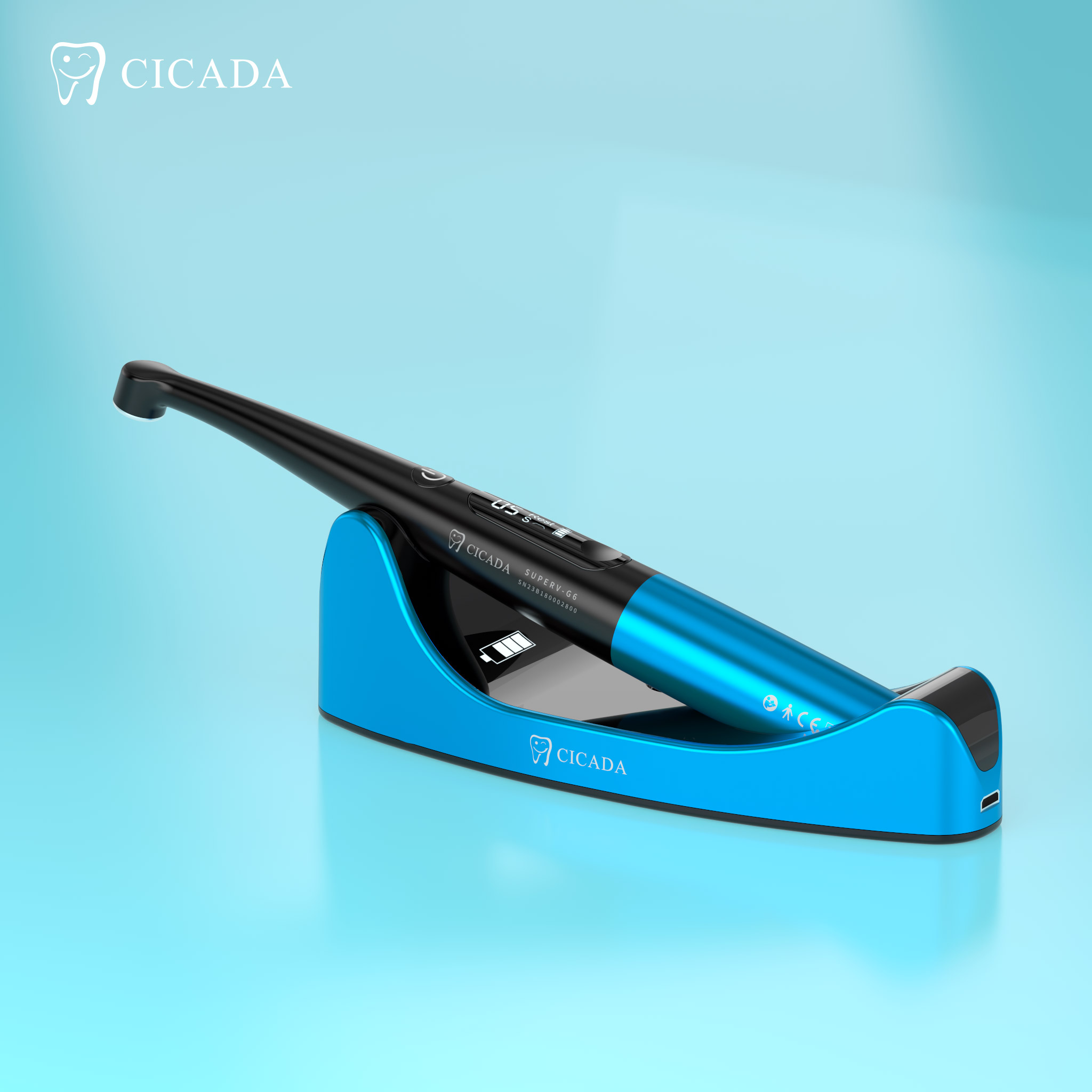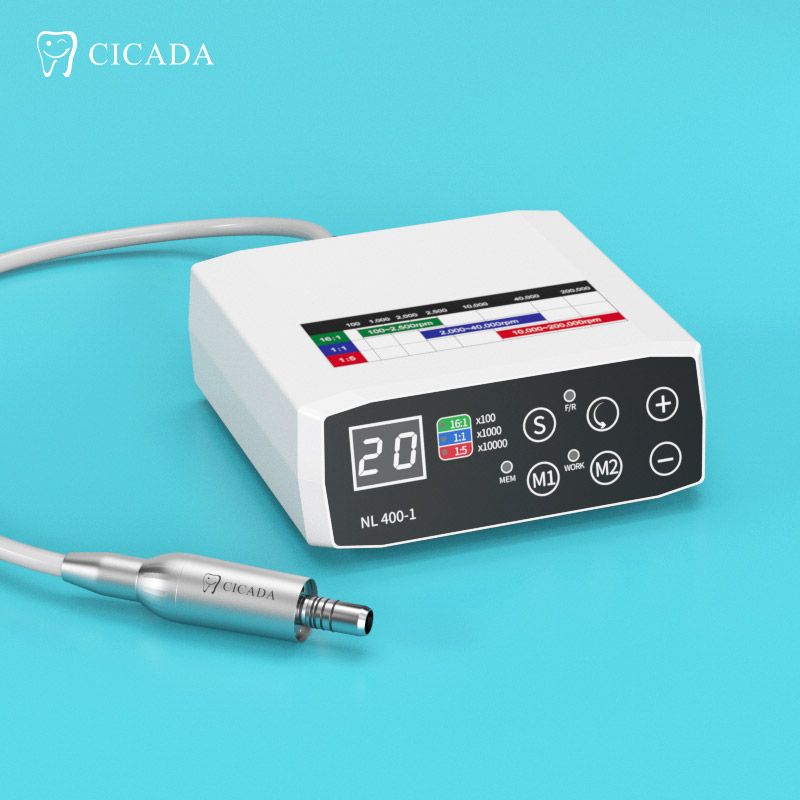Root canal procedures are essential in preserving and salvaging damaged teeth, and they play a vital role in maintaining overall oral health. The success of a root canal treatment depends on several factors, and one of the most critical tools used during these procedures is the dental endo file.
Dental endo files, also known as endodontic files, are thin, flexible, and tapered instruments used by dentists during root canal treatments. They are typically made of stainless steel or nickel-titanium alloy, which provides the necessary strength and flexibility required for navigating the intricate root canal system.
Endo File DT-EN R6
● Optimized guiding tip with a rounded end makes the preparation easier and minimizes canal deviations as well.
● CM-wire heat treatment technology brand new NITI material advanced thermal activation technology, provide a visual warning for the security of files.
● Wise geometry using files can work efficiently to prevent broken needles and better debris removal files stress is minimized.
Operation Method
● Conventional open-crown, find and dredge the root canal with #10 or#15 K file.
● Open the upper section of the root canal with an SX (10/20), and establish a vertical channel.
● Use the stainless steel hand frustration #10 or #15 K file again to find and explore the root canal, and dredge to the length of the root canal.
● Use dredge file S1 (03/18) to smooth the root canal passage to working length.
● Using S2(04/20 ), F1( 06/20), F2( 06/25), and F3(06/30) work files achieve work length.
● Caution: irrigate the root canal copiously and frequently during the shaping procedure, lubricate such as Naclo, and EDTA are recommended.
Purpose and Importance of Dental Endo Files
Cleaning and Shaping the Root Canal
The primary purpose of dental endo files is to clean and shape the root canal during a root canal procedure. The root canal is a complex system of narrow, curved, and sometimes calcified canals inside the tooth that contains nerves and blood vessels. Cleaning and shaping these canals are essential to remove infected or inflamed tissue, bacteria, and debris from the tooth's inner structure. Without proper cleaning and shaping, the risk of reinfection and treatment failure significantly increases.
Removing Obstructions
During a root canal procedure, there may be obstructions such as pulp remnants, calcifications, or fractured instruments within the root canal system. Dental endo files enable dentists to negotiate and remove these obstacles effectively. The ability to access and clean the entire canal system is crucial for the long-term success of root canal treatment.
Determining Canal Length
Accurate measurement of the root canal length is vital to avoid over- or under-instrumentation. Dental endo files are marked with millimeter increments to aid dentists in determining the precise length of the root canal. This ensures that the root canal treatment reaches the apex of the tooth without damaging the surrounding tissues.
Establishing Apical Patency
Apical patency refers to the maintenance of a small space at the apex (tip) of the root canal during the treatment. By using dental endo files to maintain apical patency, dentists prevent debris from being forced further into the root canal, reducing the risk of complications and improving the overall success of the procedure.
Enhancing Irrigation
Root canal irrigation involves flushing the canal with disinfectants to remove debris and bacteria effectively. The design of dental endo files allows them to create a space for the irrigants to reach the apical region, promoting thorough disinfection and cleaning of the root canal.
Final Words
Dental endo files are indispensable tools in modern endodontic practice, providing dentists with the means to clean, shape, and disinfect the complex root canal system accurately. Their flexibility, strength, and precise markings make them indispensable for successful root canal procedures.
By using dental endo files, dentists can improve the long-term outcomes of root canal treatments, allowing patients to retain their natural teeth and maintain optimal oral health. As dental technology advances, we can expect further improvements in endodontic instruments, continuing to enhance the success and efficiency of root canal procedures.

